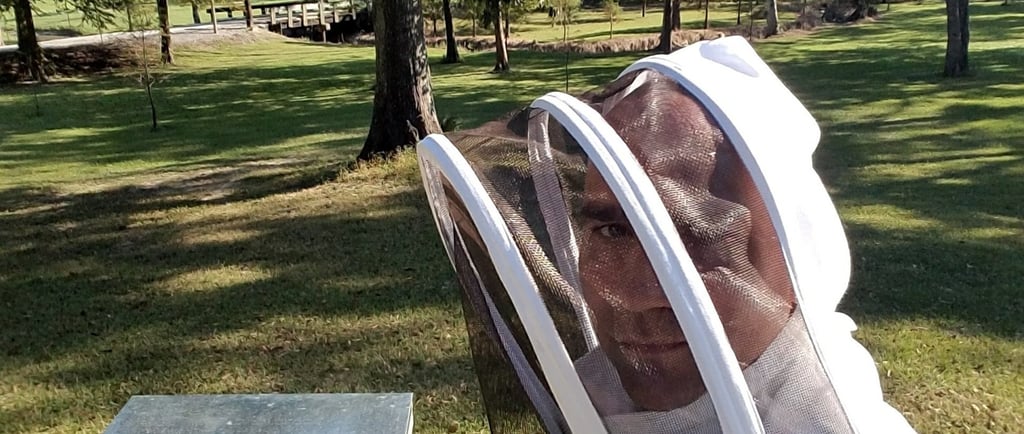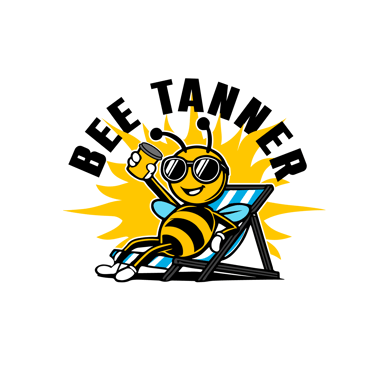Beekeeping Schedule for South Louisiana
Here is a timeline for beekeeping that I use. Example: When to split hives, when to add honey suppers, etc. Keep in mind that this timeline is subjective to weather and may have variations from year to year.
7/9/20242 min read


January – Check Your Food Stores
Lift the hive—does it feel light? If so, your bees might need some emergency dry sugar to stay fed. This is also the time to add pollen patties if you want to boost early brood production. If you’re not planning to split your hives, you can skip the pollen feeding.
February – Bees Are Waking Up
Keep an eye out for red maple blooms! This is the first natural pollen source, and as soon as it’s available, your bees will start ramping up their colony growth. Food stores still need monitoring—this is a risky time for starvation, especially if there’s a late freeze.
March – Drones Incoming!
Start watching for drones in your hives—once they show up, it’s prime time for making splits and grafting queens. Drones take a few weeks to mature, but about a week after spotting them, you can begin queen production. Also, strong hives should be split now to avoid swarming later.
April – Swarm Prevention & Strong Colonies
Bee numbers matter! The capped brood from early April will be your workforce during the main honey flow, so make sure your hives are strong and your queens are laying plenty of eggs. Also, it’s officially swarm season—methods like the Demaree technique help keep things under control.
May – Let the Honey Flow Begin
Around mid-to-late May, Tallow trees start producing nectar, kicking off honey season. Your supers will fill up fast, so make sure you always have an empty one ready to swap in!
June – Peak Honey & Summer Dearth
By early June, honey production is in full swing, but it starts slowing down by mid-month. After that, your bees enter the dearth—when there’s little to no pollen or nectar available. Keep hive inspections quick and minimal, since the smell of honey can attract robbers.
July – Time to Harvest!
Early July is honey-harvesting season! Check your supers—if at least 80% of the honeycomb is capped, it’s ready to pull.
August – Winter Prep Begins
After harvesting, shift your focus to getting your hives ready for winter. Check food stores, mite levels, and overall colony strength. Mites can be a serious problem now, so deal with them early. If any hives are light on food, start feeding 2:1 sugar syrup—but be cautious to avoid triggering robbing behavior.
September – Fall Honey Flow (Maybe)
If your bees are prepped for winter, there’s not much to do. Watch for Golden Rod bloom—it’s the sign of the fall honey flow. Some years you’ll get a decent honey harvest, others not so much. Golden Rod honey has a funky gym-sock smell but tastes amazing!
October – Final Checkups
Golden Rod flow winds down as the flowers dry up. Harvest honey if it’s capped, or remove empty supers. Check food stores one last time and feed if necessary. Weak hives should be combined for survival. If a hive is light, keep feeding 2:1 syrup until it’s well-stocked for winter.
November – Wrapping Things Up
Once daily temperatures drop below 60°F, stop all liquid feeding. If your hives are ready for winter, leave them alone! Use this time to repair equipment and order new supplies for spring.
December – Winter Treatments
If you’re planning to treat with Oxalic Acid, now’s the time—brood levels are low or nonexistent. Avoid opening hives too much and let your bees settle in for the cold months.
